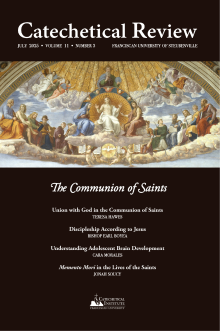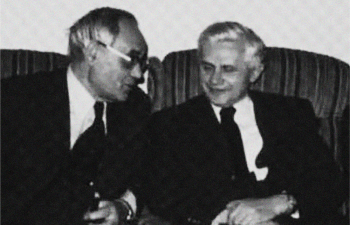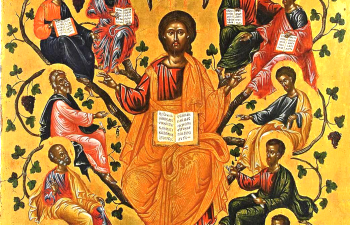 In the first paragraph of the first document of the Second Vatican Council we find a summary of the Council Fathers’ goals for their work: “This sacred Council has several aims in view: it desires to impart an ever increasing vigor to the Christian life of the faithful; to adapt more suitably to the needs of our own times those institutions which are subject to change; to foster whatever can promote union among all who believe in Christ; to strengthen whatever can help to call the whole of mankind into the household of the Church. The Council therefore sees particularly cogent reasons for undertaking the reform and promotion of the liturgy.”[1]
In the first paragraph of the first document of the Second Vatican Council we find a summary of the Council Fathers’ goals for their work: “This sacred Council has several aims in view: it desires to impart an ever increasing vigor to the Christian life of the faithful; to adapt more suitably to the needs of our own times those institutions which are subject to change; to foster whatever can promote union among all who believe in Christ; to strengthen whatever can help to call the whole of mankind into the household of the Church. The Council therefore sees particularly cogent reasons for undertaking the reform and promotion of the liturgy.”[1]
As many have noted, these aims have as their clear goal the renewal of the Church and its human structures for the sake of evangelization, both for those already in the family of God and for those not yet part of that family. In keeping with the remarks by which Pope St. John XXIII opened the Council, its goal and purpose was to make the Gospel of Jesus Christ more readily knowable and known by and to the men and women of our age.[2] One might fairly describe the intent of the Council as catechetical and evangelical. That is, it sought to do what it could to enliven the efforts of Catholics to deepen their own faith in the Triune God and to draw others to the same God.
Unfortunately, that intention did not bear its hoped-for fruit, at least initially. As many have also noted, in the initial postconciliar years and decades, the intended fruition of the Council Fathers’ desires not only did not come to pass, but just the opposite occurred, such that, some 20 years after the close of the Council, then-Cardinal Joseph Ratzinger remarked that “the catastrophic failure of modern catechesis is all too obvious.”[3]
Why and how did this failure in catechetical and evangelical renewal occur immediately following the Council? Many have offered answers to this question from numerous perspectives. A recent and compelling answer is found in Brad Bursa’s Because He Has Spoken to Us: Structures of Proclamation from Rahner to Ratzinger. Bursa not only traces the theological origins and development of the postconciliar catechetical collapse to the attempted catechetical implementation of the theology of Karl Rahner, but he also proposes a way forward by pointing to the Trinitarian Christology of Joseph Ratzinger/Pope Benedict XVI.
The rest of this online article is available for current Guild members.
1] Second Vatican Council, Sacrosanctum concilium, no. 1.
[2] See John XXIII, “Opening Address to the Council,” in The Encyclicals and Other Messages of John XXIII, ed. the staff of The Pope Speaks Magazine (TPS Press, 1964), 423–35.
[3] Joseph Ratzinger, The Yes of Jesus Christ, trans. Robert Nowell (Crossroad, 1991), 35.
[4] Chapters 7–9 are a masterful exploration and elaboration of many concepts at the heart of Ratzinger’s theological project, even apart from Bursa’s focus on their relevance to renewal in evangelization and catechesis.
Art Credit: Joseph Ratzinger in conversation with Karl Rahner (on the left), Levan Ramishvili, Flickr.com.
This article originally appeared on pages 55 - 59 of the print edition.
This article is from The Catechetical Review (Online Edition ISSN 2379-6324) and may be copied for catechetical purposes only. It may not be reprinted in another published work without the permission of The Catechetical Review by contacting [email protected]


















